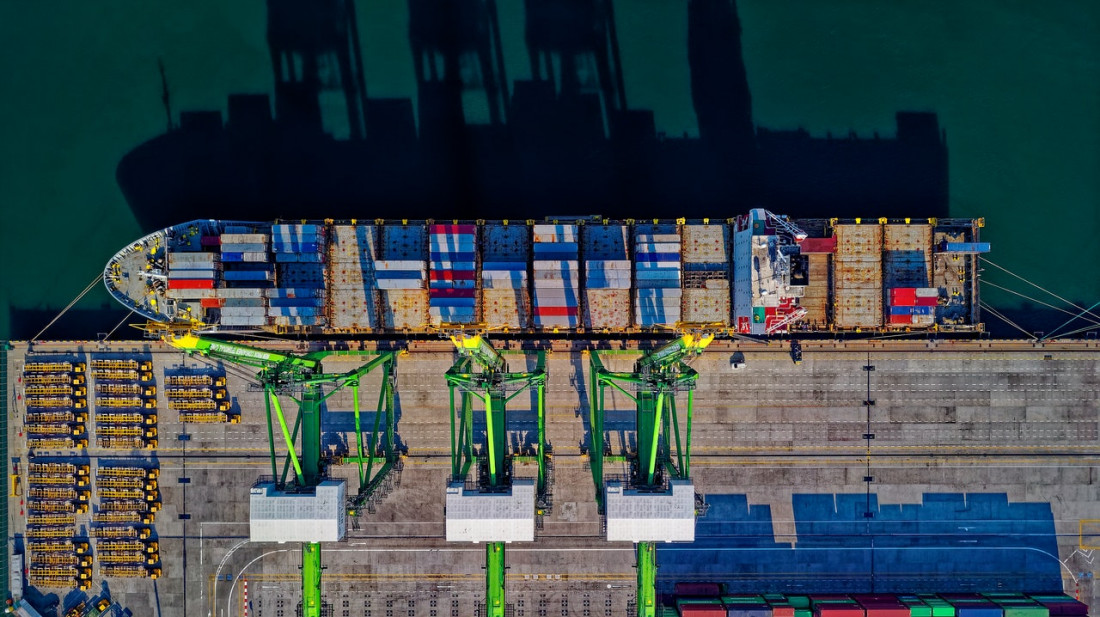Launched in 2005, the European Emission Trading Scheme (ETS) was established to limit how much carbon the region produced through industry and transport. It hoped to save the planet from disastrous climate change, but some experts predict that it will simply damage the European economy.
Founding the system
The system was based on the US ‘cap and trade scheme’, a product of the Clean Air Act of 1990. Simply put, the system limits the amount of carbon the region can create. Companies that produced a lot of carbon emissions would need to buy a government issued permit allowing them to pollute the air. This would provide an incentive for making your business more environmentally-friendly, as there would be a downside to not being green.
As Steve Richey, a self-proclaimed sustainability expert explains, “Companies which can reduce their emissions at a low cost will do so, and sell the emissions credits to companies who cannot. This is the ‘trade’ aspect of the program. The ‘cap’ part reflects the fact that there is some given level of emissions which is a maximum.”
A fine idea, but the practice hit problems, as the original limits in the European system were set too low, causing the price of carbon permits to drop to as low as $2.50 a tonne. At such a low level, it was never worth a company changing their business to avoid buying more permits.
Changing the system
To remedy this, on February 24th 2015, the European Committee on the Environment, Public Health and Food Safety (ENVI) decided to reform the scheme. By a majority of 58 to 10, they voted in favour of removing 900 million tonnes of emissions allowances from the system (until a later date), as well as limiting the issue of future permits as soon as 2018 (a date brought forward from the original 2021).
As Ivo Belet, MEP and the man who is guiding the law changes through parliament says, “This vote sends a strong signal that Parliament is serious about fighting climate change … (and) will ensure that CO2 prices spur investments in greater energy efficiency.”
What does this mean for the European chemicals industry?
According to Germany’s chemical industry trade group VCI the decision will have a negative impact on the industry. VCI general manager Utz Tillmann believes that “contrary to what one might think (the changes to the system) will make the market for emissions certificates in Europe unpredictable and could lead to higher costs for energy-intensive industries” such as chemicals.
Klaus Windhagen, general manager of a German paper industry trade group, said that the changes may accelerate firms’ tendency to invest outside the EU “because of the lack of reliability of the European energy and climate policy.”
The European Chemical Industry Council (Cefic) agrees, calling the vote “another blow” to the chemicals industry. “Anything that ups our costs relative to global competitors is another blow that we cannot afford,” said Cefic director general Hubert Mandery.
To some extent Brussels has acknowledged the damage that restrictions on carbon emissions will have on European industries. Politicians realise that firms may begin to invest in regions without carbon limits to avoid paying for permits (so called ‘carbon leakage’), and so have promised protection for the ‘most efficient energy-intensive installations’. A move welcomed by Mandery as “an important measure that helps Europe’s real economy remain competitive”.
But as a warning, he adds, “We want to stay in Europe. We want to grow in Europe. But for that we will need more than carbon leakage protection beyond 2020.”
So if it creates a lack of competitiveness, why have ETS?
As Steve Richey explains, “the major benefit of a cap and trade system is that it is inherently efficient at limiting carbon emissions.” And carbon emissions are already changing our planet.
As Satoshi Kambayashi of the Economist magazine makes clear, “Carbon does harm globally. There is a logic to having a global price for it.”
This is a line of thinking supported by those in power. At a recent industry panel in Singapore, Matthew Baldwin from the directorate-general for mobility and transport, part of the European Commission, stated that, “There was a universal sense within Europe, but I hope not just in Europe, that we have a real problem we’re trying to solve in climate change.”
Like many politicians, he sees ETS as the solution, but what long term effect it will have on the European chemicals economy is unknown. As mentioned earlier in this article, other regions do have similar schemes. The Western Climate Initiative on the Pacific coast of North America and the New Zealand Emissions Trading Scheme, set up in 2009, both run a ‘cap and trade’ system, whilst Japan, China and South Korea all have legislation or proposals to introduce systems in the coming years.
Can ETS go global?
Yet the problem remains that whilst the price of carbon permits are set by market forces, the amount of carbon allowed is based on the decisions of regional politicians. They decide how many permits to issue each year, and so will be under pressure to issue more to aid the economy in the area.
Unilateral action by the EU, will affect productivity, either pushing firms to leave to not-so-greener pastures or driving them to bankruptcy. At present, Brussels seems to believe that the advantages of restricting climate change outweigh the disadvantages of restricting carbon emissions. So the key question is; will it work, if the system isn’t global?
As Chris de Lavigne, a renewable energy specialist at industry consultants Frost and Sullivan says, “Anything to do with carbon on a global basis has proven to be difficult, (when what is needed is) to get the four corners of the world to agree on one system.”
Whether that will happen in time to save the European chemicals industry or to save the planet remains to be seen.

